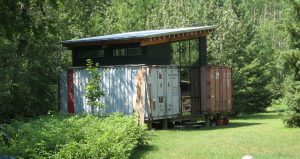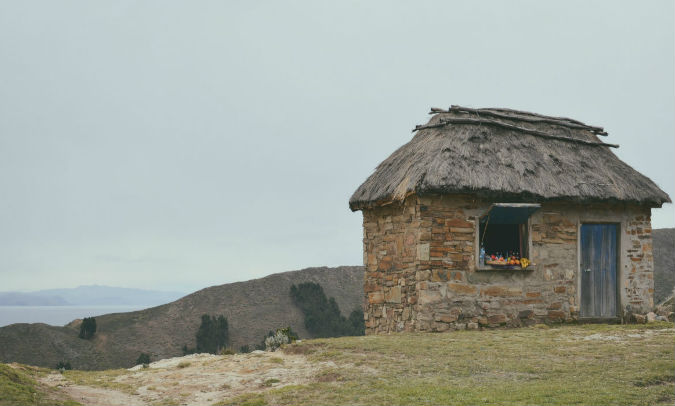Want to be happier? Ditch the McMansion!
Like Australian homes, American houses have grown into bloated McMansions. Chances are, your house is too big, and it may be doing you more damage than you realise, writes Bonnie Kristian for The Week.


The average newly built home in America today offers more than 2,600 square feet, and the shrinking nuclear family means that works out to about 1,000 square feet per person. As of 2012, four in 10 homes were built with at least four bedrooms, and more than nine in 10 had at least two bathrooms. In other words, McMansions.
It wasn’t always this way. Americans haven’t always preferred to build mini-mansions, expected that every child have her own room, or paused, aghast, at the thought of getting along with a single bathroom for a family of four.
American homes used to be much smaller. I live in one of them. My husband and I bought our first home in Minnesota’s Twin Cities three years ago, a purchase we made despite my rampant consumption of avocado toast.
Our house is small, but it isn’t a tiny home or a cottage. In fact, when it was built, it was exactly average. Built in 1915 in a neighborhood then designated for “Workingmen’s Homes,” it measures around 1,000 square feet.
There is only one bathroom and no good place to add another. The kitchen boasts a mere 16 square feet of counter space and no room for any eat-in situation.
The bedroom closets are mercifully deep for the age of the home, but let me emphasise the impact of that qualifier. Our lot, standard for the area, is 30 x 100 feet. On one side, our house sits two feet from the property line, and our neighbor’s house about five feet beyond it. We could speak to each other from our living rooms, if we wanted.
I’d be lying if I said I never browse the sprawling Victorian masterpieces in our local real estate listings with a lustful eye, but in my more sensible moments, I can tell you without a single doubt, we have all the space we need, and that having more space would lower my quality of life for all sorts of reason. Just like it may be lowering yours.
Cost of a McMansion: Paying full-time for a lot of space you use part-time
The most obvious cost of living large is the literal cost. Adjusted for inflation, new homes have cost about $110 per square foot since 1973.
That means, in real dollars, the average new home today costs more than twice what the average new home cost half a century ago. (Energy bills are higher, too, as larger homes lose efficiency gains brought by modern building technology.) More than doubling your housing bill will take an enormous toll on every other part of your financial life.
And remember, you’ll be paying all the time for a lot of space you only use some of the time.
Does your home have a formal dining room and an eat-in kitchen and a breakfast bar or nook?
How often do you use all those spaces? (Let’s be real: How often do you ignore all of them and eat on the couch instead?)
Yes, it’s nice to have these extra rooms for special occasions, for all the entertaining we’re so sure we’re going to do.
But it’s not realistic, and it’s certainly not financially sound. A study by the Center on Everyday Lives of Families at the University of California found that having spare rooms almost always means having empty rooms, which don’t come free…
Full story in The Week here.
Main image: Photo by Paz Arando on Unsplash
Tiny house images from wiki commons







